Free Tropical Runtz seeds on orders over $150!
The leaves are the most detectable and well-known part of the cannabis plant. Despite the wide range of diversity in wild cannabis populations, the appearance of the leaves does not differ much between varieties. However, cannabis leaves can have anywhere from 3 to 13 leaves. It all depends on what cannabis strain you have. Here is all you should know about why your cannabis plants have more “points” than others and the essentials of having cannabis leaves.
Like many other plants, leaves are essential to a cannabis plant’s life support system. The green pigment chlorophyll permits leaves to function as solar panels. As you may know, this sunlight-gathering function is critical to photosynthesis. The undersides of the leaves are covered with tiny stomata, small openings that open and close like a door. Carbon dioxide enters, while oxygen and water exit. The leaves may also absorb nutrients to nourish the cannabis plant, a process called foliar feeding.
Here are the two types of cannabis leaves that you’ll encounter whether you’re cultivating an Indica or Sativa-leaning strain:
Sugar and fan leaves are beneficial in the kitchen and the medicinal cabinet. Here are a few uses for cannabis fan leaves and sugar leaves:
The number of leaflets (or fingers) on your plant’s leaves can also communicate with you. Cannabis leaves yield more than three leaflets under typical conditions. The points awarded might vary depending on genetic variances and plant age. The first set of genuine leaves produces only one leaflet, whereas the second set produces three. Each leaf typically has between seven and nine fingers from that moment forward.

Some strains and individual plants deviate from the norm, generating five to thirteen leaflets per leaf. This number of fingers is normal for a healthy plant and is not a reason for concern. However, if your mature plant begins to produce leaves with just three or one finger(s), this might indicate stress.
It’s common to notice single-point “sugar leaves” when your plant has begun to form buds. Sugar leaves are significantly smaller than conventional leaves, and the base of a sugar leaf lies inside the bud.
You may encounter a cannabis plant with uneven growth while growing from clones or seeds. The fundamental cause of a one-leaf or three-leaf weed plant is stress. It is frequently the consequence of a plant that began blooming, then stopped and returned to vegetative development. Photoperiod variability will not only stress your plant, but it will also significantly reduce your harvest potential. Indoor growers should use a decent timer to avoid this problem. Timers are inexpensive yet critical for ensuring a constant photoperiod for your plant. If you produce outside, search for light sources such as patio lights or street lighting that may affect your plant.
3-point leaves are usually due to two things: genetics or a problem. Here are the common causes that can force or make your cannabis plants develop 3-point leaves:
Temperature – Maintain these temperatures during each phase of the growing cycle:
Humidity – Shoot for these humidity concentrations throughout each growth phase:
Weed plants’ leaves can have 3-13 points. Some strains are genetically inclined to have a specific number of fingers; therefore, it’s typically not an issue. If the cannabis plant is subjected to environmental situations, it can produce too few leaves. In these cases, you should fix the issue immediately. Don’t be concerned if your current plant has fewer leaf fingers than the previous one; each strain is unique.
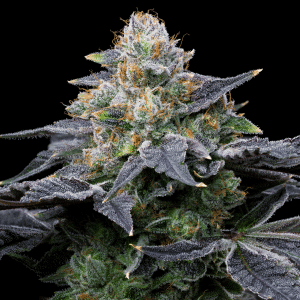
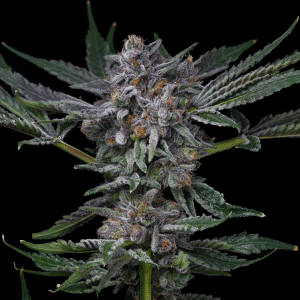
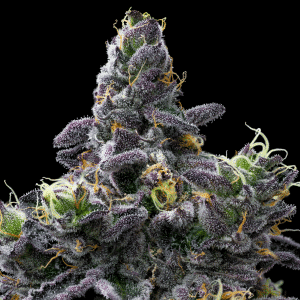
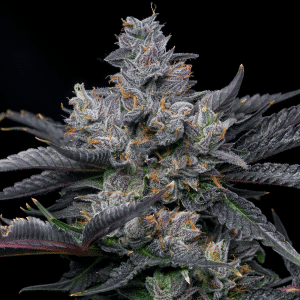
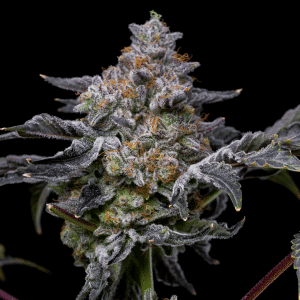
Offers
This product is not for use by or sale to persons under the age of 18. This product should be used only as directed on the label. It should not be used if you are pregnant or nursing. Consult with a physician before use if you have a serious medical condition or use prescription medications. A doctor’s advice should be sought before using any hemp products. All trademarks and copyrights are property of their respective owners and not affiliated with nor do they endorse this product. These statements have not been evaluated by the FDA. This product is not intended to diagnose, treat, cure or prevent any disease. By using this site you agree to follow the Privacy Policy and all Terms & Conditions printed on this site. All products contain less than 0.3% Cannabinoid-compliant with applicable Federal Laws. Please make yourself aware of any and all applicable laws regarding hemp in your jurisdiction. Premium Cultivars accepts no liability or responsibility regarding germination laws in any specific locale state or national jurisdictions.THCA products are not available for shipment to the following states: Hawaii, Idaho, Minnesota, Oregon, Rhode Island, Utah, Vermont *Note: Products with Total THC content above 0.3% must not be shipped to these states.
We want to help you get your hands on the seeds you want, take 20% off your next purchase when you enter your email below!
We want to help you get your hands on the seeds you want, take 20% off your next purchase when you enter your email below!